BACK TO RESEARCH WITH IMPACT: FNR HIGHLIGHTS
As the FNR marks 25 years since its creation, we highlight 25 examples of FNR-supported research with impact.
Since arriving in Luxembourg in 2012, biotechnologist Magdalena Calusinska has worked on various projects revolving around using plant materials and biological processes to ultimately help steer society away from depending on fossil fuels.
Plant material – in scientific terms known as lignocellulose – is the most abundant natural resource on Earth. Turning this plant material into useful products could replace society’s dependence on fossil fuels – helping to fight climate change and reduce pollution.
“Some organisms, like bacteria and fungi, have evolved to break down lignocellulose for their own needs. By understanding how they do it, we can apply that knowledge to develop greener industrial processes,” explains Dr Magdalena Calusinska, Senior R&T Associate at Luxembourg Institute of Science and Technology (LIST)’s ERIN Department.
“My work focuses on exploring natural environments rich in plant materials to find microorganisms like bacteria that break down this biomass. By studying how these organisms process plant matter, I aim to discover useful biological processes that can be applied to create new, eco-friendly industrial biotechnologies, contributing to biofuels production and the production of other value-added chemical compounds. ”Dr Magdalena Calusinska Senior R&T Associate at Luxembourg Institute of Science and Technology (LIST)’s ERIN Department
New tools revolutionised the number of microorganisms that could be studied
Calusinska explains that in the past, studying microorganisms relied heavily on growing them in the laboratory, however since it was only possible to grow a small variety, this also meant only being able to study a limited number of microbes.
“With the development of ‘culture-independent’ methods, which involve DNA and RNA sequencing, we can now study virtually any microorganism without needing to grow it. In our team, we use these tools to learn more about bacteria and their abilities to break down plant materials in various environments.”
Culture-independent tools were originally applied by our team to analyse bacteria that break down plant matter in biogas reactors, but have proven useful in other areas as well.
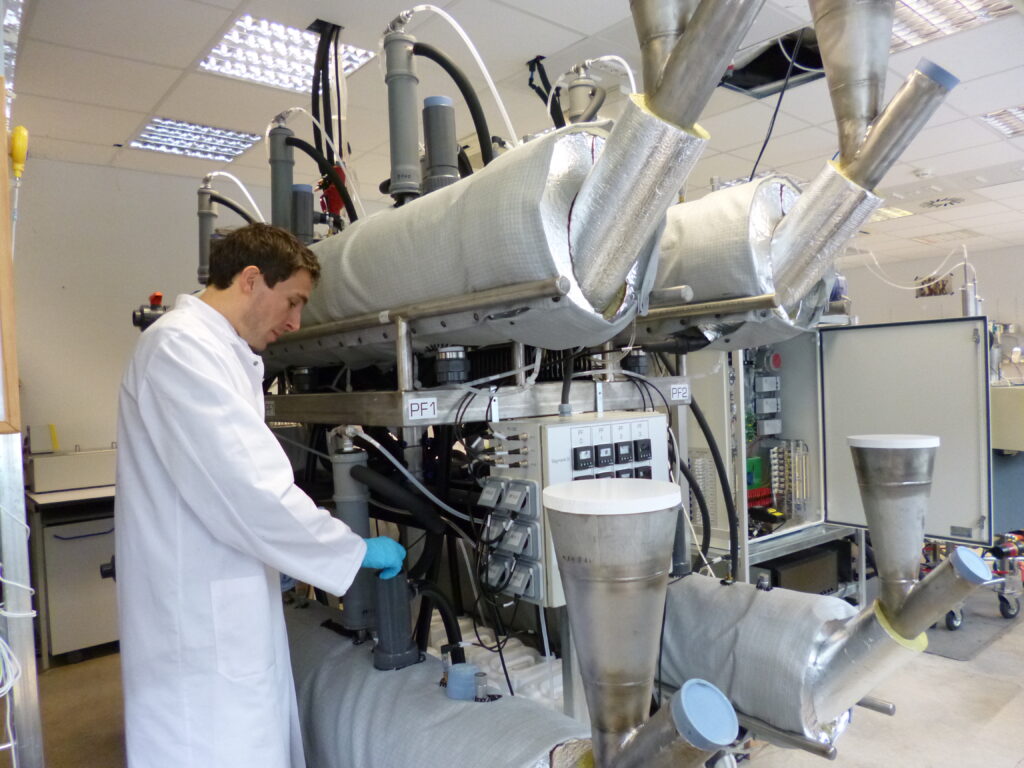
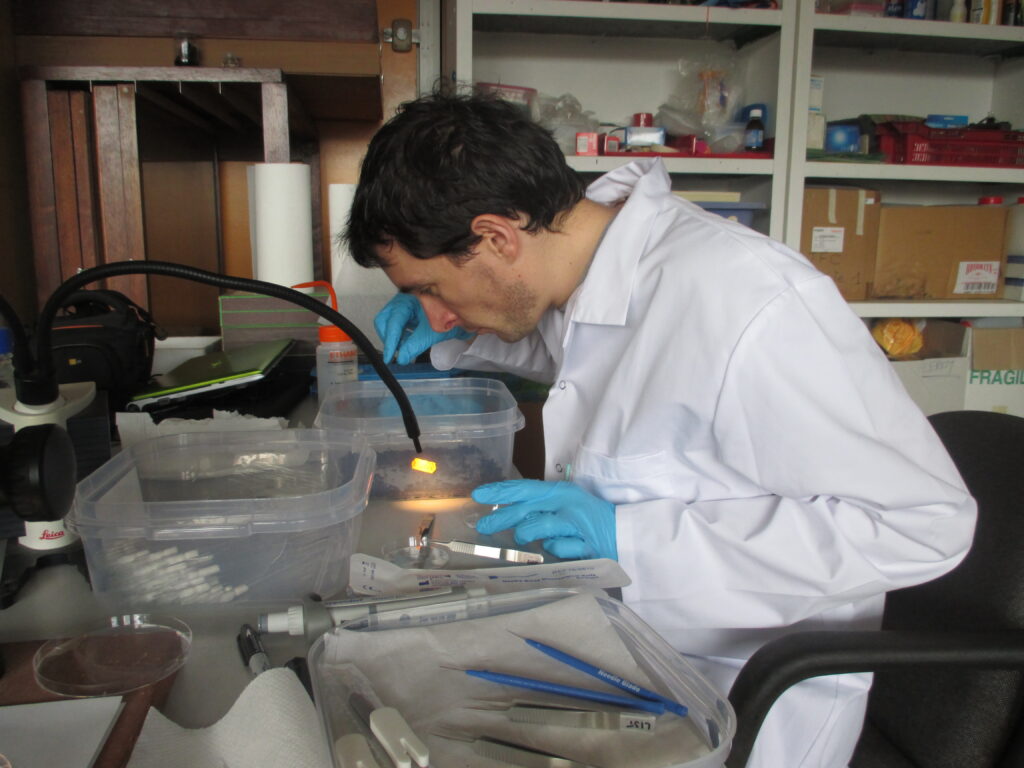
First to report on Luxembourg’s soil microbial communities
Calusinska and team were the first to report on soil microbial communities in Luxembourg, a project supported by the Ministry of Agriculture, Food, and Viticulture. Soil plays an essential role in capturing carbon dioxide, playing a part in helping to mitigate climate change.
While this research field has since become its own field at LIST, Calusinska remains actively involved in projects on the topic, with a colleague taking over continuing the work Calusinska and team started in this area.
Biofertilizer and its potential for enabling sustainable agriculture
Biogas reactors and soil share a connection: the residue left after digestion, known as biofertilizer. Not only does this by-product contribute to carbon capture in soil, but it also has a low risk of nitrate leaching, something which can lead to groundwater contamination. Calusinska and team are actively studying these benefits, since biofertilizer could play an important role in sustainable agriculture and carbon sequestration.
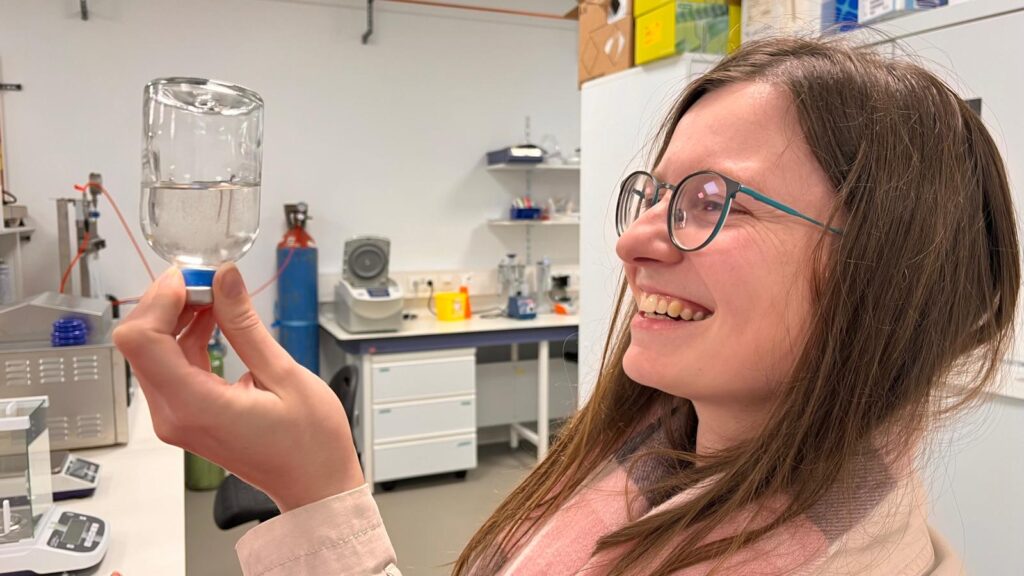
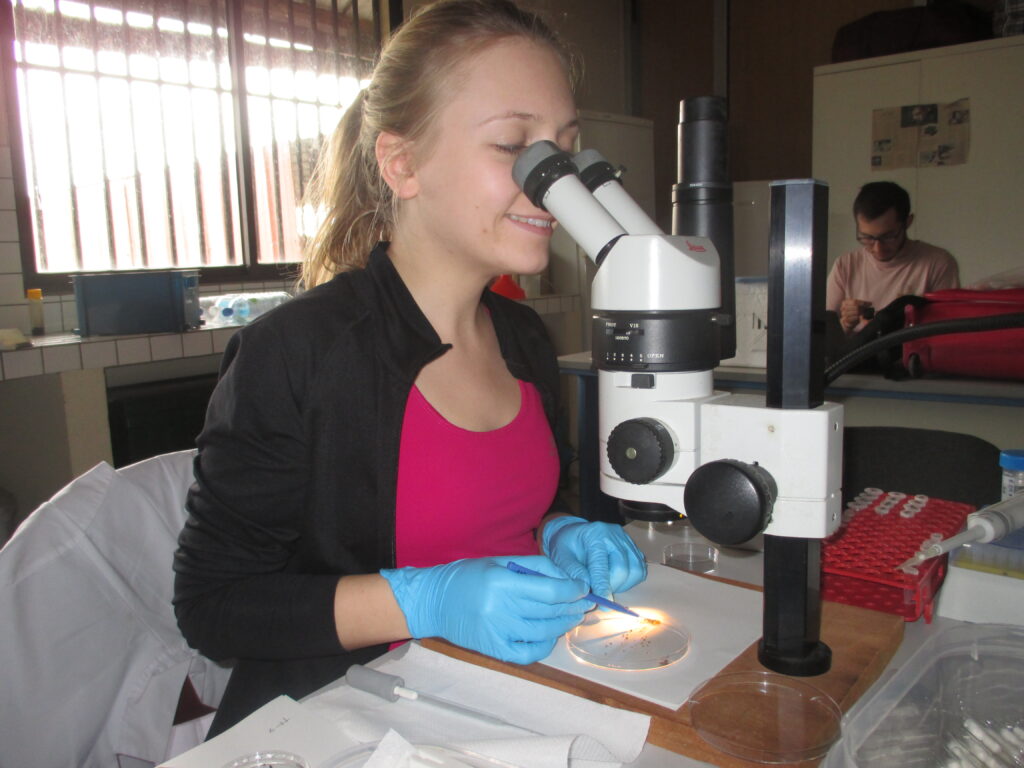
Anaerobic digestion: Potential to lower dependence on fossil fuels
“Anaerobic digestion” is the name of the process by which plant biomass is broken down in oxygen-free environments to produce biogas – and it is much more than “just” a biogas technology.
“In Luxembourg, there used to be over 30 full-scale anaerobic digesters, but due to declining support for biotechnology development in recent years, that number has been decreasing. Through my research, I aim to show that anaerobic digestion can play a central role in the circular economy, especially in the agricultural sector.”
In addition to bioenergy, it could be put to use to produce various valuable chemicals that are currently derived from fossil fuels. It could pave the way for “biorefinery” concept, where traditional fossil fuel refineries are replaced with systems that rely on anaerobic digestion of plant biomass.
“This shift could help create more sustainable and eco-friendly production chains, contributing to energy independence, reducing waste, and promoting the use of renewable resources. ”Dr Magdalena Calusinska Senior R&T Associate at Luxembourg Institute of Science and Technology (LIST)’s ERIN Department
Termite gut – a prime example for breaking down plant material
So far, Calusinska has coordinated five FNR-funded projects and contributed to around 8 others led by LIST or the University of Luxembourg.
“One project I want to highlight is the CORE project called OPTILYS, which focused on studying the termite gut. You might wonder why termites, since they aren't found in Luxembourg. It’s because the termite gut, along with its microbes, is the most efficient system in nature for breaking down plant material. Our research revealed a wide variety of enzymes from the higher termite gut, which was mostly unexplored at the time. We were pioneers in using different sequencing tools to study many termite species, mostly from tropical regions. ”Dr Magdalena Calusinska Senior R&T Associate at Luxembourg Institute of Science and Technology (LIST)’s ERIN Department
An important finding was multi-functional enzymes in termite gut bacteria. Enzymes normally work on a specific type of material, but these enzymes are able to break down several different materials at once – and they remain stable across a wide range of temperatures and pH levels.
“These traits make them highly valuable for industrial uses, such as in paper production, biofuel manufacturing, and the bioplastic industry. Right now, we’re looking for an industrial partner to help us integrate these enzymes into specific production processes.”
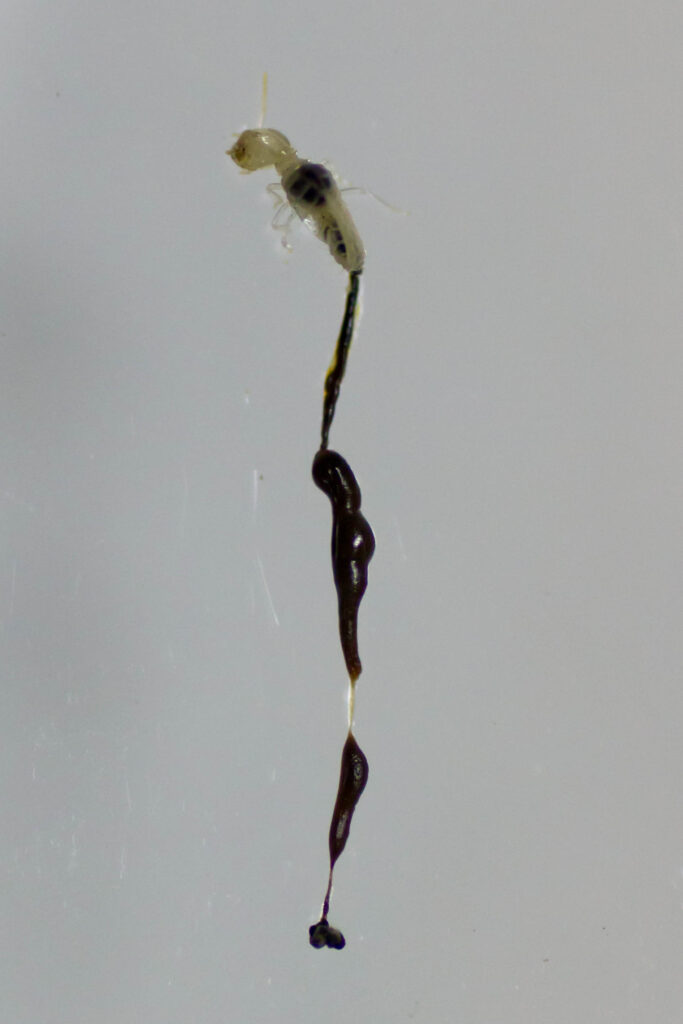
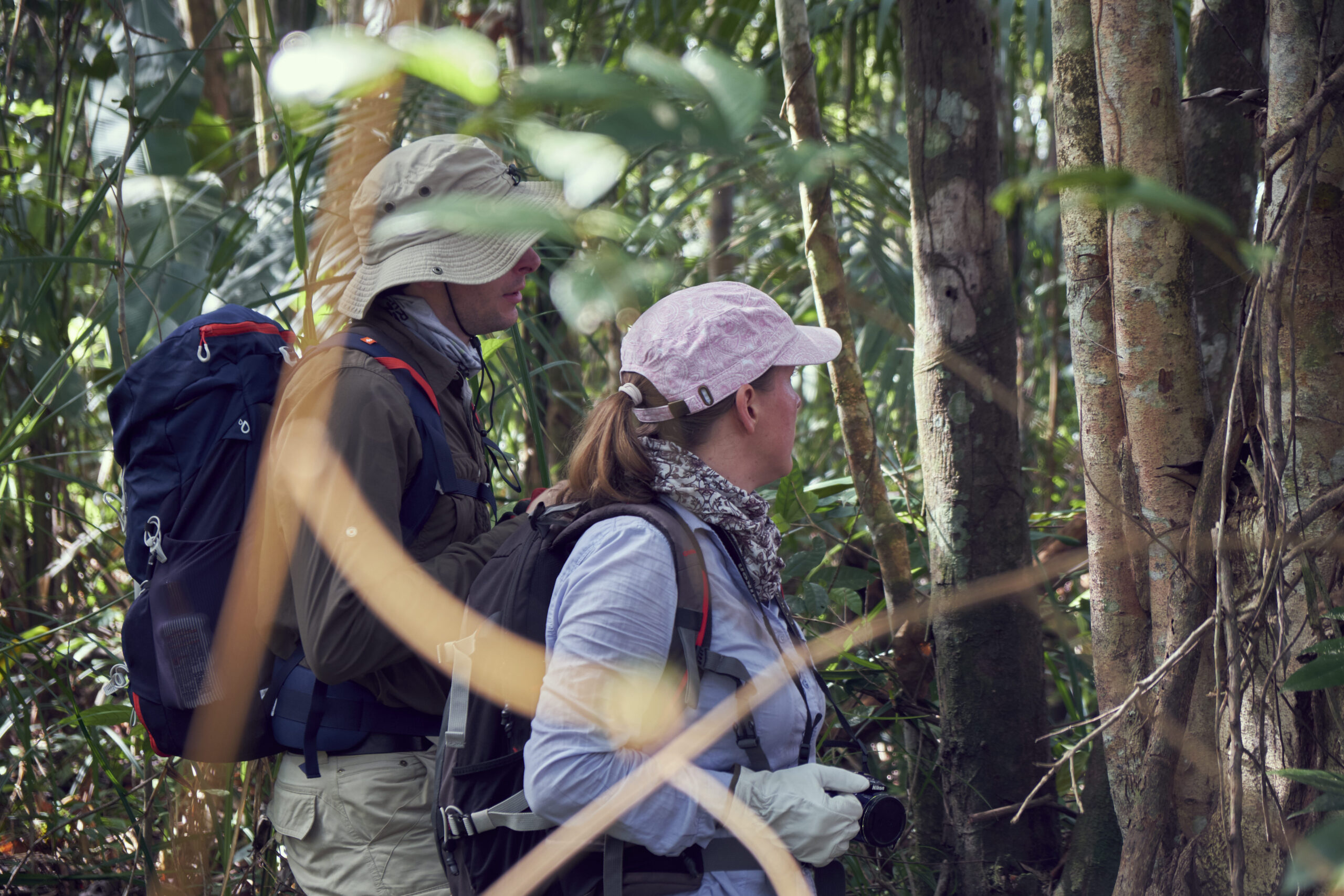
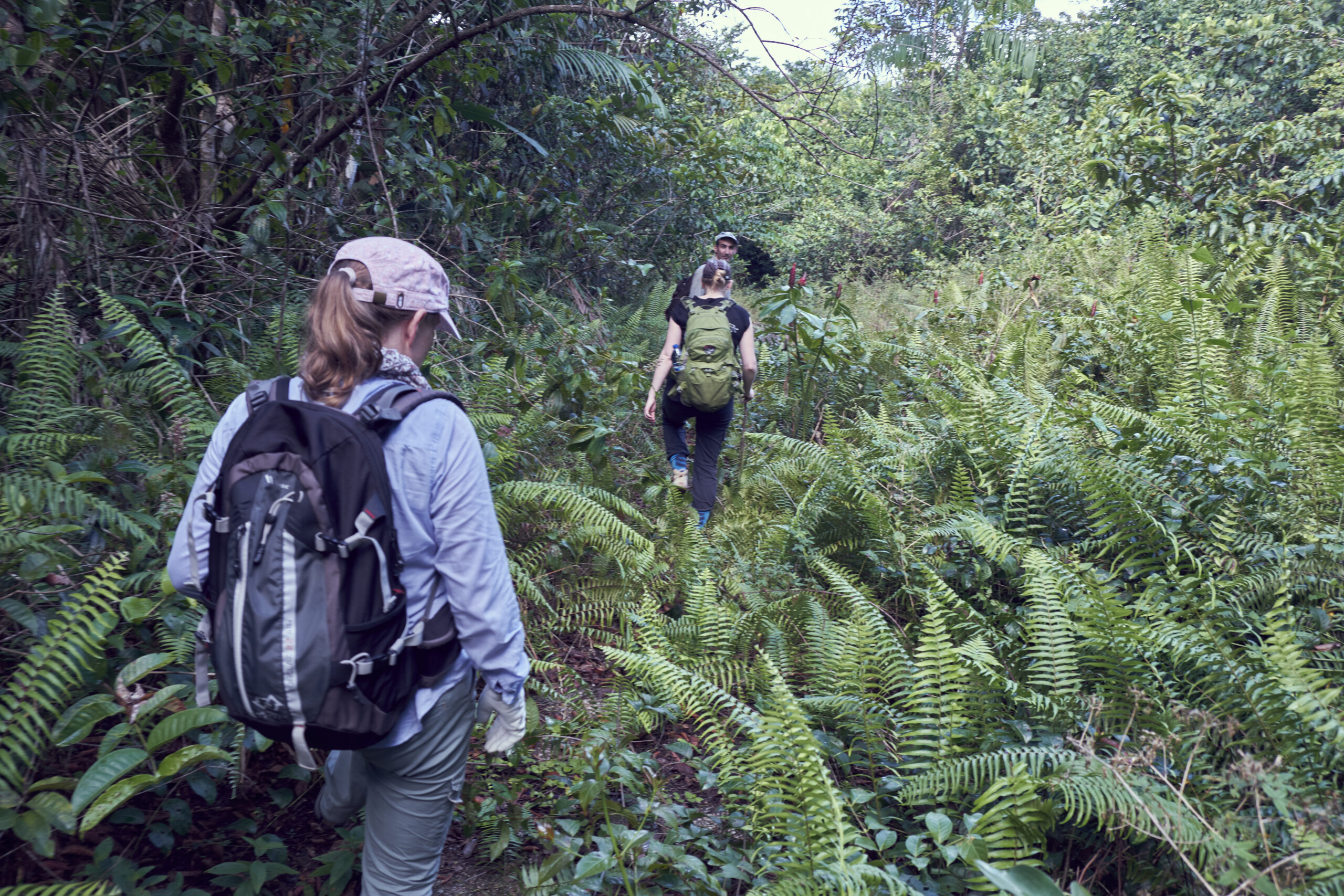
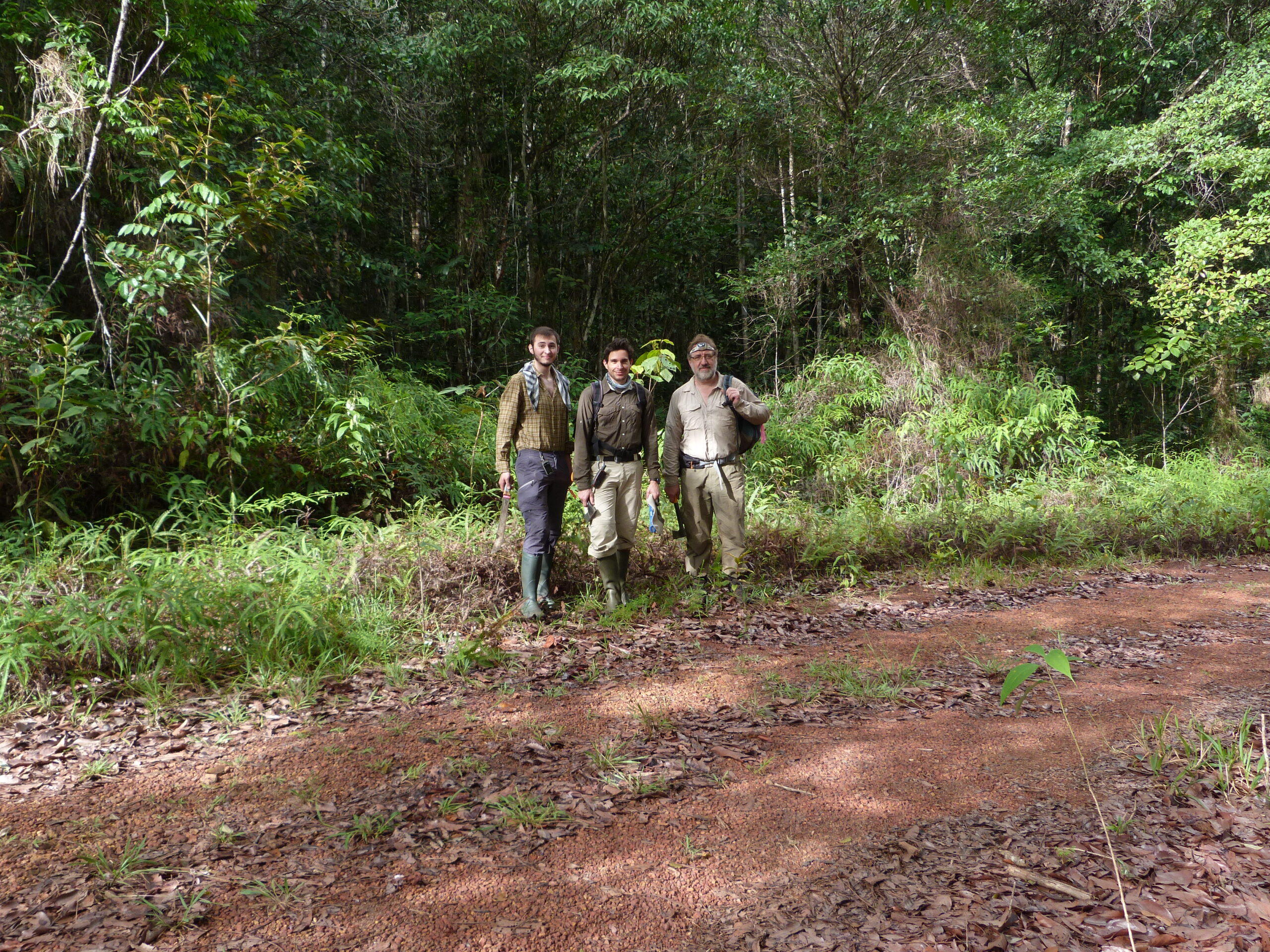
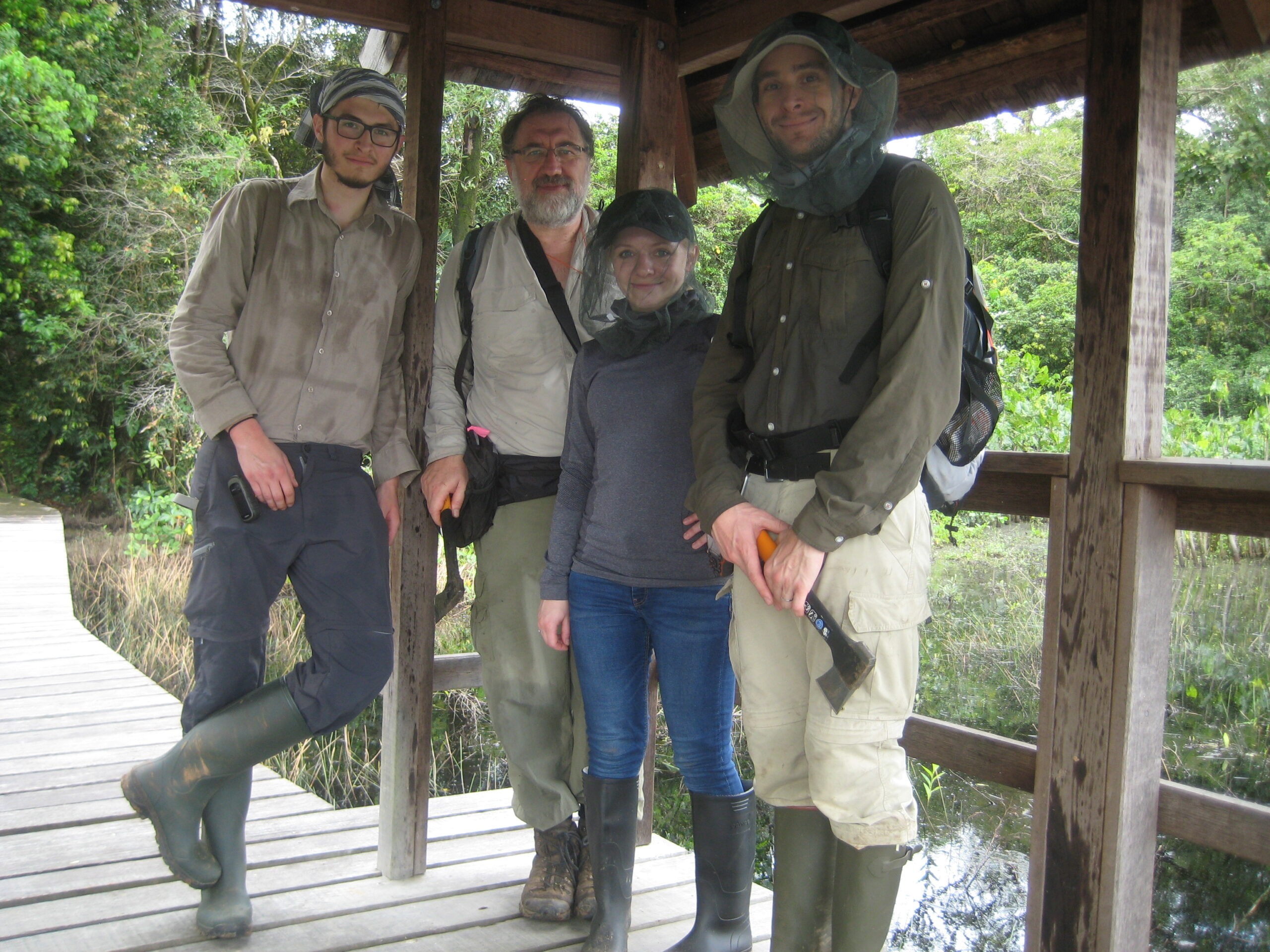
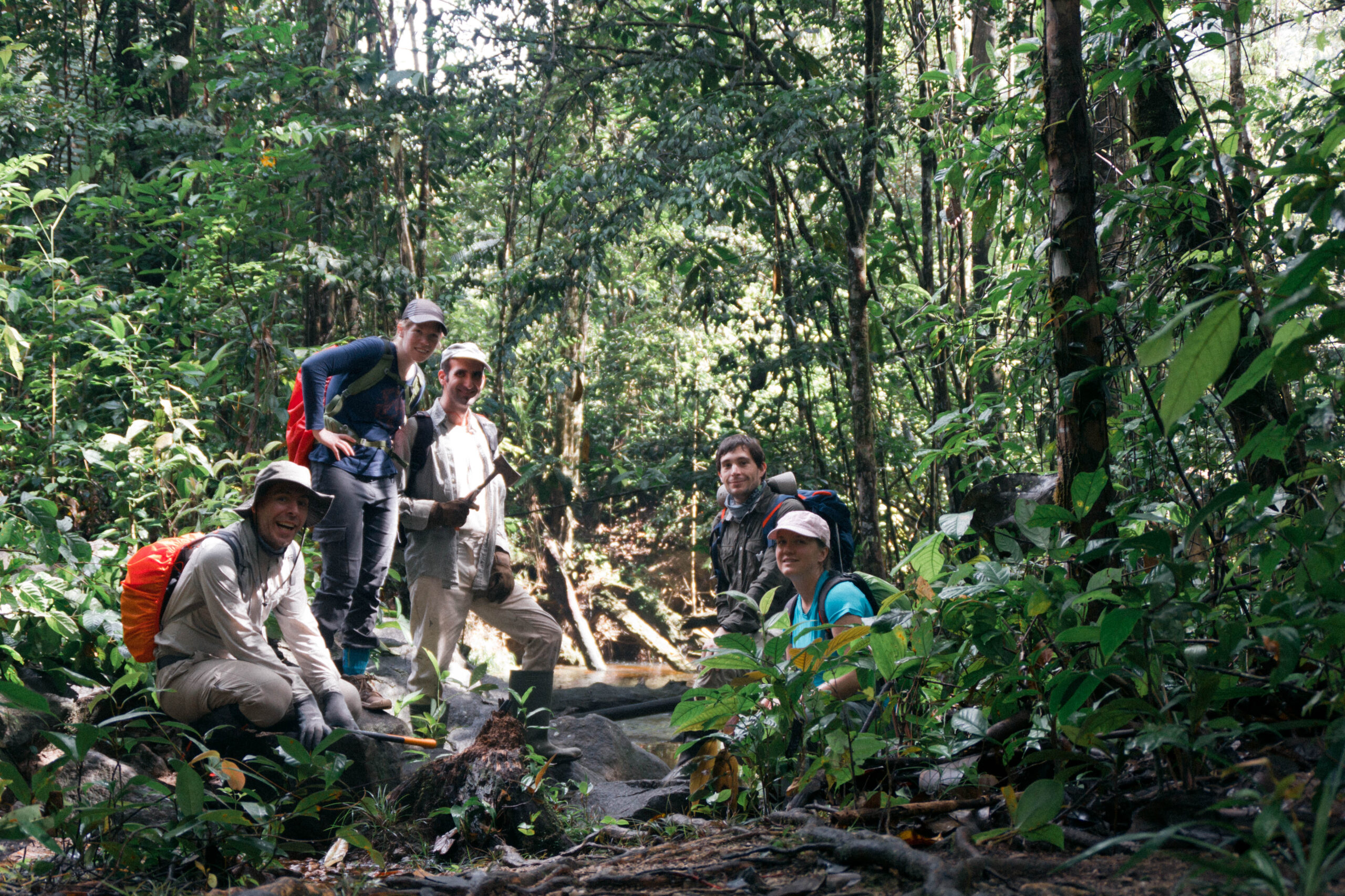
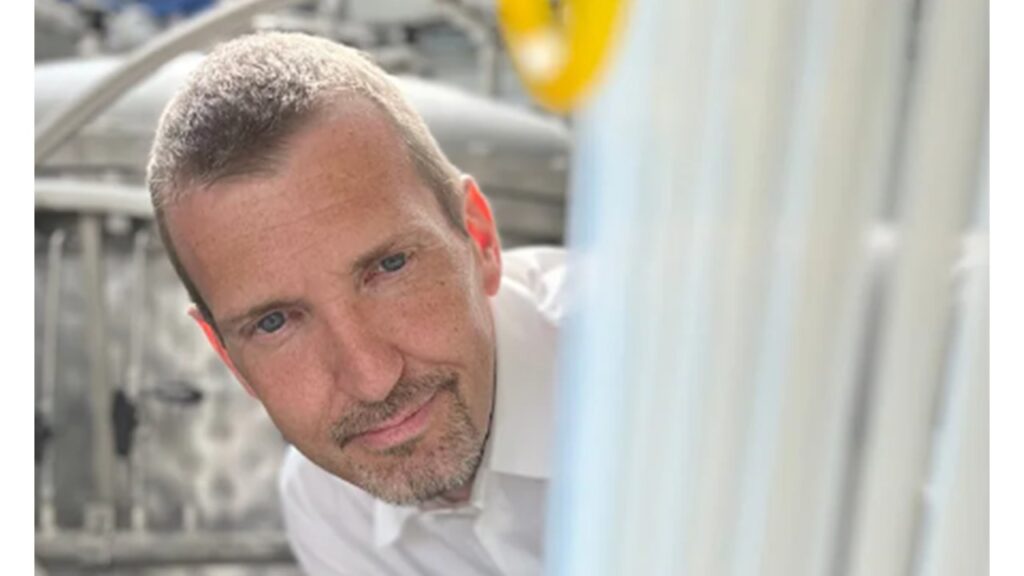
Microbial dark matter
Microbes make up a significant part of Earth’s biodiversity, still many remain uncharacterised, which led scientist to call them “microbial dark matter”. Calusinska and team have used culture-independent tools to study microbial communities that break down plant matter, enabling them to identify these microbes without needing to grow them in the lab.
“Ironically, this approach has led to a wealth of new knowledge about previously unknown microbes, but it has also raised more questions than we could answer. The challenge ahead is to improve our ability to culture these microbes so we can address these new questions and harness their metabolic potential for developing innovative biotechnologies. ”Dr Magdalena Calusinska Senior R&T Associate at Luxembourg Institute of Science and Technology (LIST)’s ERIN Department
Fundamental research remains key in innovation
“There is pressure to turn scientific knowledge into new biotechnologies, but it’s important to recognise the significant differences between working for example in materials science and researching living organisms. When developing microbial processes for industrial applications, we often face unpredictable challenges. Many of these arise from our limited understanding of microbial metabolism and complex interactions among different microbes.”
“Before we can advance on the Technology Readiness Level (TRL) scale, which measures how ready a technology is for use, we need to conduct much more fundamental research. This research is essential to better characterize these newly discovered, unusual microbes that have high potential for industrial applications.”
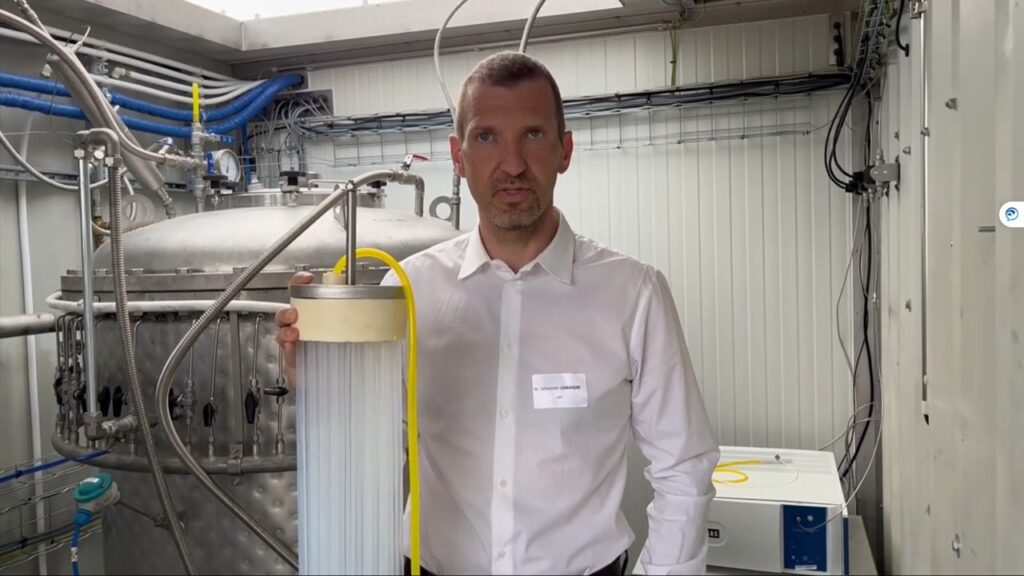
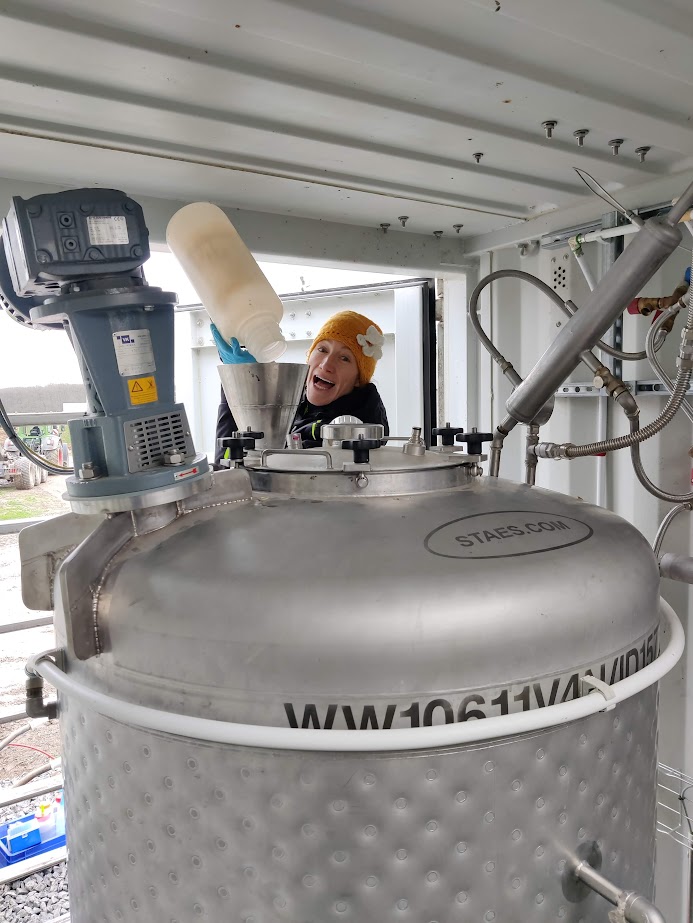
Tapping into microorganism potential
Calusinska has set two main goals for the next years: Continuing fundamental research – the foundation for future technological advancements.
“We are focused on two areas: bringing more microorganisms into the lab, which will allow us to tap into their potential for various applications, and further discovering and studying microbial enzymes.”
An approach known as ‘bioprospecting,’ it refers to identifying microbes and enzymes that can be commercially developed — exactly what the team is aiming to do.
“As a second goal, I want to increase the practical use of our research in industrial processes. We are actively seeking industrial partners interested in working with us to develop new bioprocesses. To support this, we’re developing pilot-scale reactors and technologies, and we have the capacity to meet the needs of companies in different biotechnology fields.”
Dr Magdalena Calusinska is a biotechnologist with primary scientific interests focused on microbial strategies for biomass degradation, including bioplastics. She began working in Luxembourg in 2012 at what was then the Gabriel Lippmann Research Centre, starting as a postdoctoral researcher under the FNR CORE GASPOP project, which focused on studying microbial communities in biogas production reactors.
On the impact of FNR support
“FNR funding has been essential in my journey toward becoming an independent researcher. Without it, I wouldn’t have been able to develop the skills and expertise that have shaped our team’s success. It provided the foundation for most of the activities we now excel at and enabled us to gain international recognition. This support has not only allowed us to grow but has also positioned our team as a key player in our field.”
“Luxembourg is a small country with an active research community, which allows us to interact regularly with our FNR colleagues—something that might be harder in a larger country. This close connection helps us communicate our research needs and aspirations to the funding body, enabling them to better support us. I remember when we first began working in the area of termite gut research. Marie Claude Marx, the FNR CORE grant manager, visited LIST, where we showcased the termite breeding infrastructure we had developed. This exchange was a valuable experience and demonstrated that the funding body is not just there to provide financial support; they are genuinely interested in understanding our work and helping us achieve our goals.”
Training next generation researchers
“I have supervised three PhD students so far and co-supervised more than ten others. All of them have successfully defended their theses or are about to do so. I’ve also been heavily involved in mentoring junior researchers, including post-docs, laboratory engineers and master students. Thanks to FNR funding, three of them have been able to further develop their research careers and have joined our team as permanent staff. Supervising young scientists has had a profound impact on my own career. It has not only helped me grow as a researcher but also shaped how I approach science. My students appreciated my efforts so much that they once nominated me for a ‘Best Supervisor’ award. Although I didn’t win, it was an incredibly motivating experience, and it has inspired me to keep improving as a mentor.”
On international collaboration
“Collaboration is essential for success in research, and FNR funding has played a key role in helping us build partnerships with scientists around the world. For example, working with the Sorbonne University and the University of Brussels was crucial for the OPTILYS project, since we had no experience with termite-related research at the time. In biogas production, we’ve collaborated with institutions like the Swedish University of Agricultural Sciences, the University of Louvain-la-Neuve, and the University of Lorraine, among others. More recently, I’ve begun collaborating with American universities, and I spent a year at the University of California, Santa Barbara, where I also connected with researchers from Lawrence Berkeley National Laboratory. This partnership will greatly support our work in the newly funded FNR project, NITMETFUN, which is also co-funded by the Ministry of Agriculture, Food and Viticulture. This project brings together four institutions from Luxembourg, Belgium, and Germany to explore how anaerobic bacteria and fungi in a cow’s rumen (stomach) can improve carbon and nitrogen metabolism of dairy cows.”
Magdalena Calusinska’s FNR projects (main applicant)
| Project title | Call year | FNR funding instrument |
| Enhancing feed conversion, improving nitrogen utilization efficiency and reducing methane emissions through the study and quantification of anaerobic fungi and their interaction with their dairy cattle hosts | 2023 | FNR-Ministry Collaboration |
| Anaerobic fungi and their potential to degrade lignocellulosic bioplastics under anaerobic digestion conditions | 2022 | INTER Mobility |
| Designer microbial community for improved anaerobic digestion of biomass | 2019 | PATHFINDER (now called JUMP) |
| Omics-assisted characterisation and cultivation/enrichment of the candidate phylum Cloacimonetes – the context of anaerobic digestion | 2017 | CORE |
| Exploring the higher termite lignocellulolytic system to optimize the conversion of biomass into energy and useful platform molecules | 2013 | CORE |
Related Funding Instruments
Related highlights
25 examples of research with impact: Smart materials for a sustainable future
As the FNR marks 25 years since its creation, we highlight 25 examples of FNR-supported research with impact. Since arriving…
Read more
25 examples of research with impact: Advancing AI and Computer Vision: From space tech to better healthcare
As the FNR marks 25 years since its creation, we highlight 25 examples of FNR-supported research with impact. Since arriving…
Read more
25 examples of research with impact: Understanding the evolution of the workplace in the digital era
As the FNR marks 25 years since its creation, we highlight 25 examples of FNR-supported research with impact. Active in…
Read more
25 examples of research with impact: Breaking barriers in cancer research & treatment
As the FNR marks 25 years since its creation, we highlight 25 examples of FNR-supported research with impact. In Luxembourg…
Read more
25 examples of research with impact: Shaping the future of historical research in a digital age
As the FNR marks 25 years since its creation, we highlight 25 examples of FNR-supported research with impact Andreas Fickers…
Read more
25 examples of research with impact: Revolutionising nano-analytics for a complex world
As the FNR marks 25 years since its creation, we highlight 25 examples of FNR-supported research with impact. Since arriving…
Read more